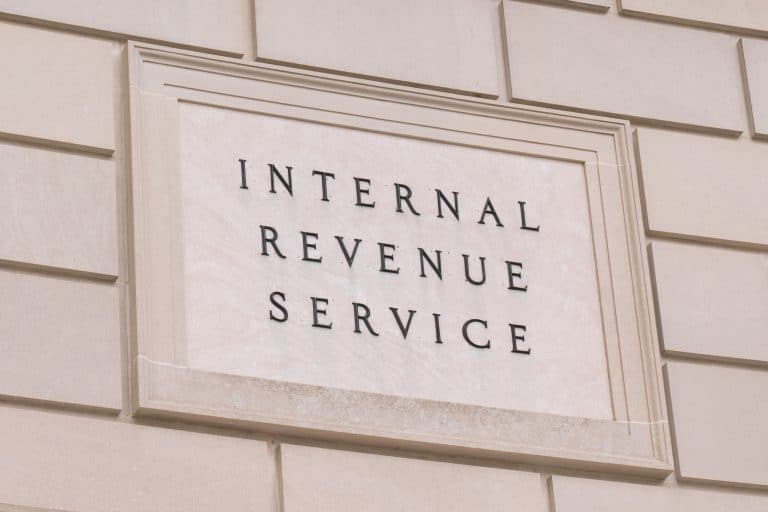The IRS Wants Control Over Your IRA Location
The IRS wants as much control over your IRA as possible: New rules tighten the grip.
In the past, if you were the owner of an IRA, you were free to move your funds as much as you wished. As an example, if one bank had a higher interest rate, you merely transferred the funds. Now, you are limited to only one direct rollover per 12-month period, unless you allow the transfer to be from an IRA custodian to another. There is no longer any middle man (you). This rule change allows the IRS to follow transfers and know precisely where your money is and not wait for paperwork to catch up.
And of course what else happens? Custodial can charge a fee for their services which means more and more fees and expenses.
US Tax Court ruling said IRA owners are only allowed one transfer per year without exposure to tax liability. Why? Why has the tax court adopted such a rule? By tying our hands with possible tax liability, we can no longer have control over our retirement funds as a “do it yourself” approach.
The actual ruling was meant to handcuff individuals who are and have always been allowed to move their own IRA. What is the difference between an individual and the custodial who handles the IRA account? To me there is none. The issue at heart is the reporting, a custodial report immediately and an individual moving qualified funds must only do it at tax time.
The tax court must have been far too concerned about having qualified funds slip through some crack. Or in other words, more IRS control. That control comes from an agency whose operating budgets have been slashed and whose control by Congress has increased. And yet, the IRS still adopts rules that mean more budget needs.
How would your tax preparer and your custodial (IRA) management offer any other interpreted advice? The simple position is this; they can’t. The service (IRS) and the tax court rulings are always subject to interpretation and changes.
What is the downside of this ruling to taxpayers? With an IRA you are allowed an unlimited amount of investment opportunities. You can have as many accounts as you wish, but they are still only considered one IRA. Because of this ruling, you are allowed to be in control of one account per year. If you have funds in 10 banks qualified as an IRA, you cannot move the funds in more than one annually without using a custodial to custodial transfer. In simple words, someone is going to charge you a fee and the IRS has ruled in their favor.
Once again, the large institutional organizations have grabbed more control away from us.



